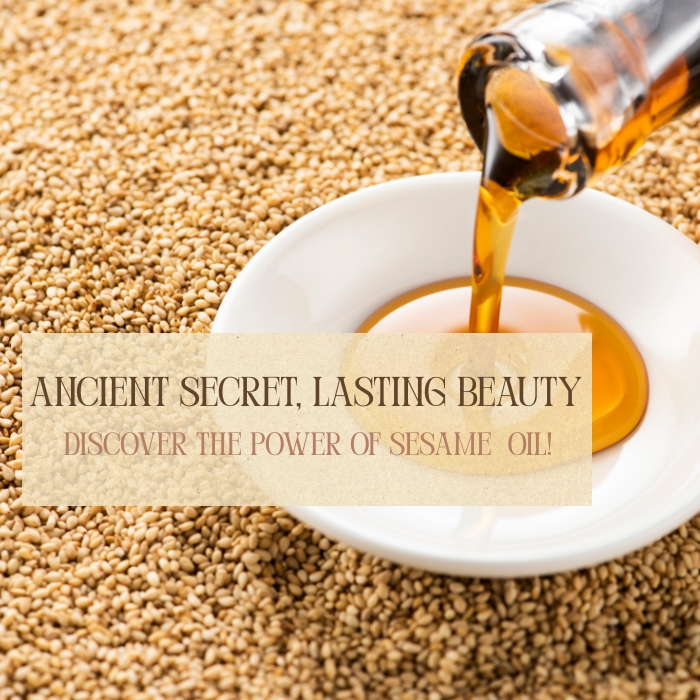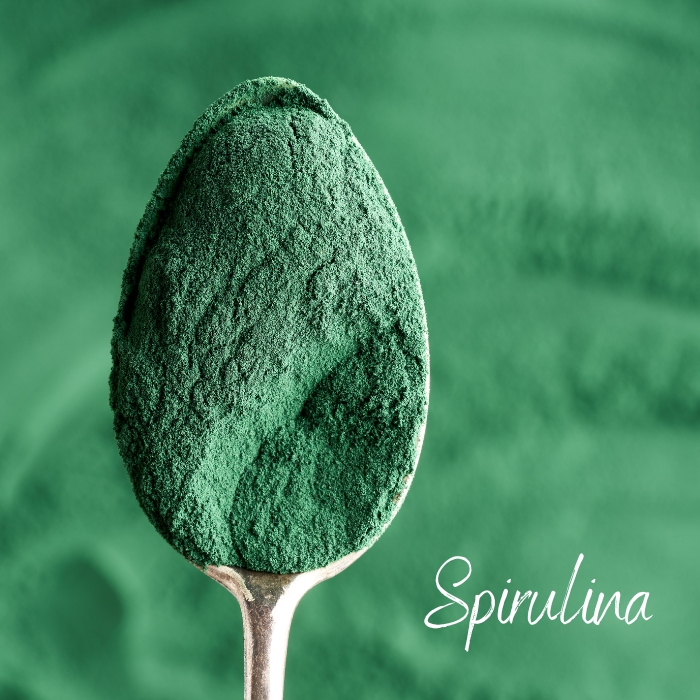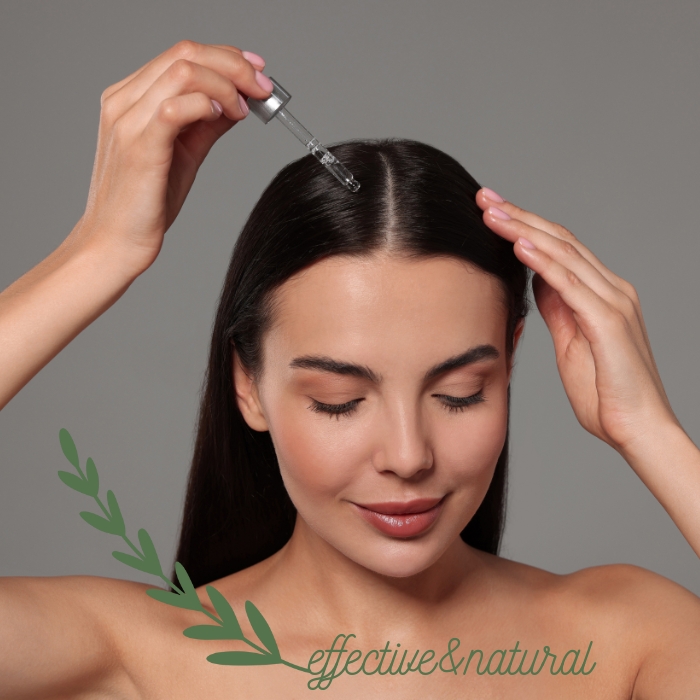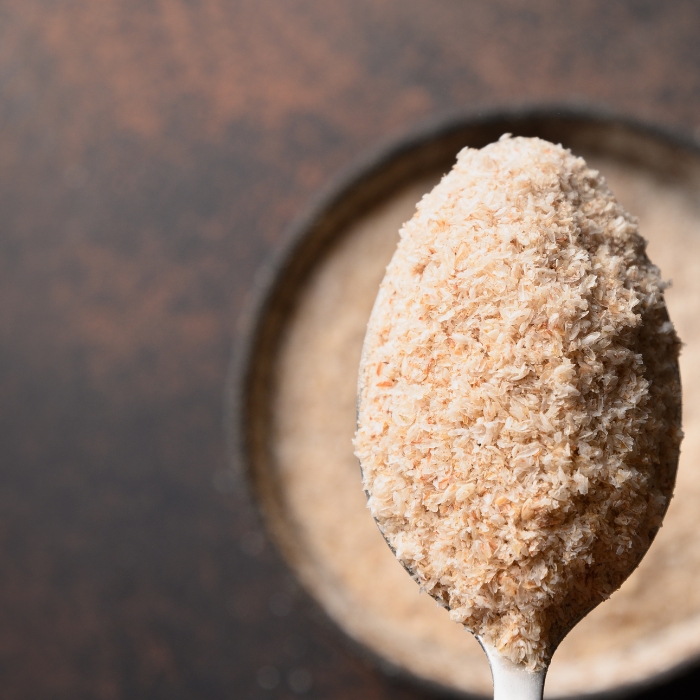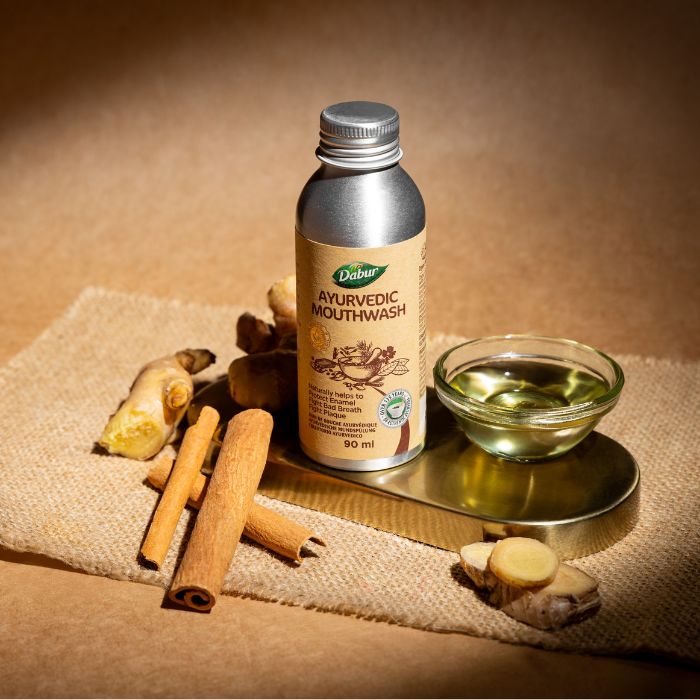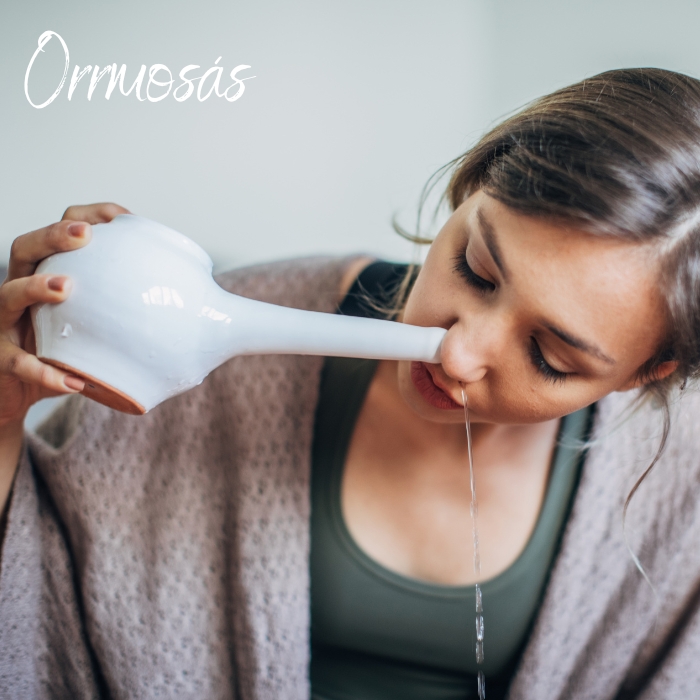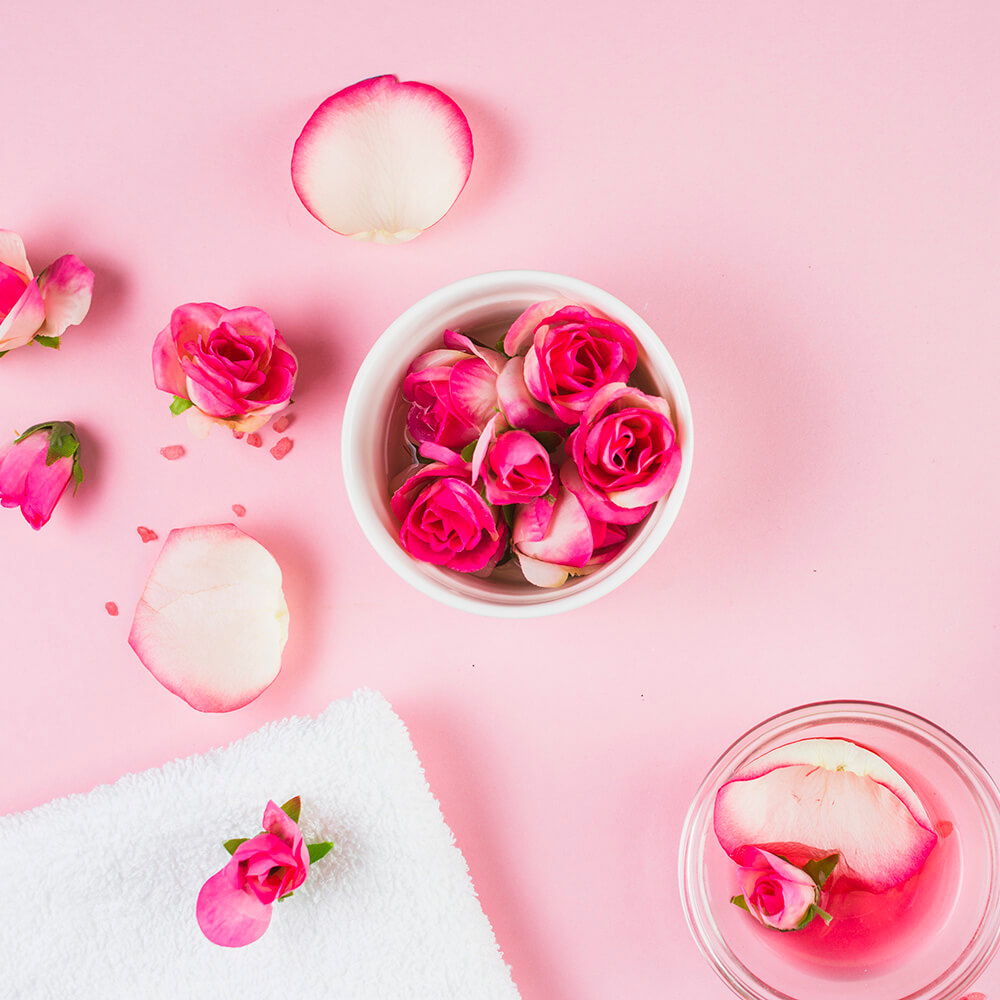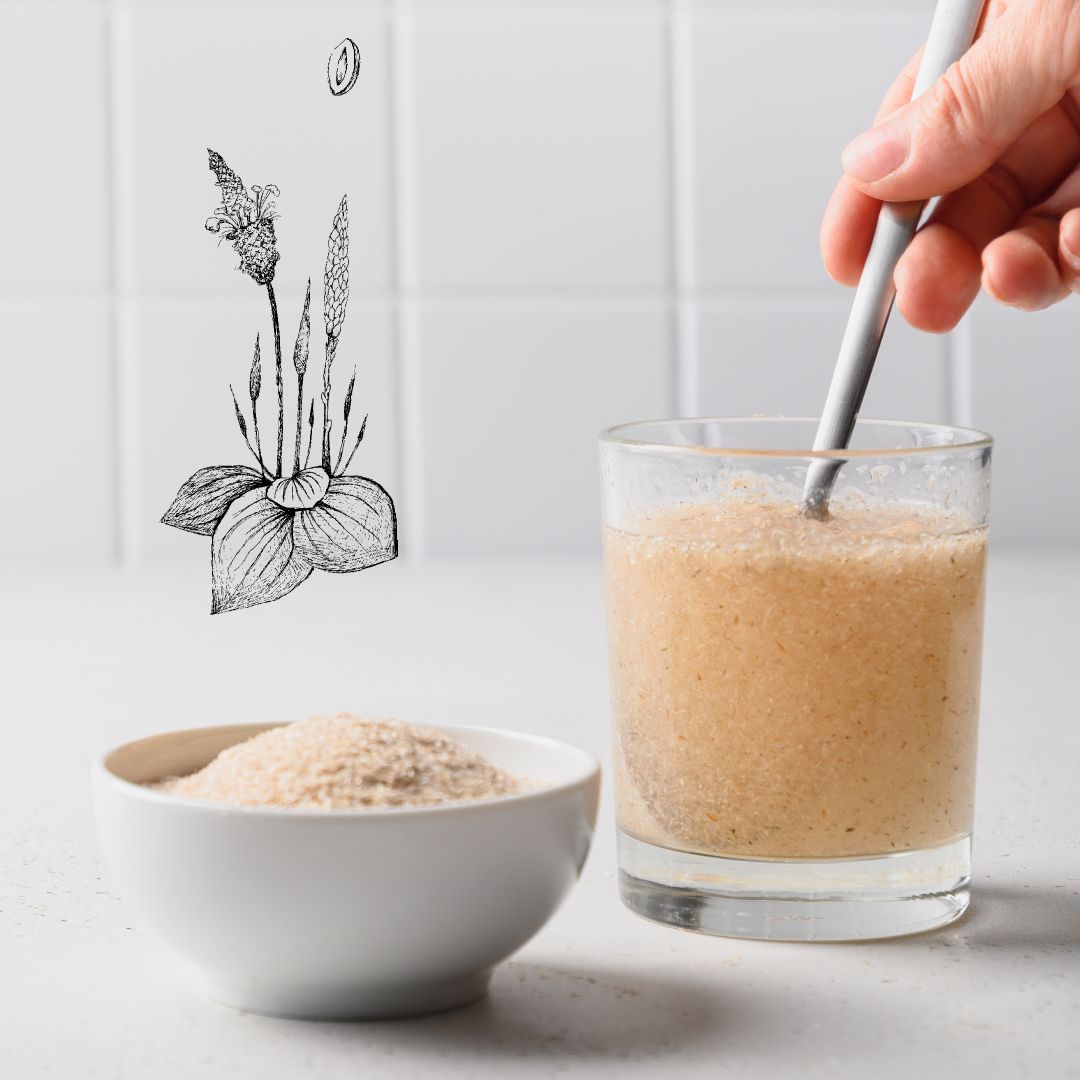Blog
As summer arrives, the power of the sun can be felt not only on our skin but also within our inner body systems. According to Ayurveda, this is when the Pitta dosha – the energy composed of the fire and water elements – intensifies. If this accumulates, it can lead to inflammation, skin issues, and digestive problems.
So what can we do to balance it?
Ayurveda offers a simple yet incredibly effective solution: Virechan, the cleansing of the Pitta-dosha.
Diabetes: A growing risk that's often underestimated
Diabetes has become one of the most widespread health issues in modern society. In Hungary alone, over 1 million people live with diagnosed diabetes, and estimates suggest just as many may be unaware they even have it. Type 2 diabetes, in particular, is a silent threat: it can go undetected for years, all the while damaging the body from the inside.
Healthy food and regular exercise are key—but is that enough?
Without inner balance and emotional stability, even the best lifestyle routines fall short.
In this article, we introduce Vasistha Yoga, a path to mastering your inner state—an often-overlooked yet essential element of true Health and Wholeness.
When it comes to natural skincare, few oils are as time-tested and versatile as sesame oil. While it's widely known for its internal health benefits—like supporting heart health, boosting the nervous system, and aiding liver and gallbladder function—this golden oil has just as many remarkable effects when applied externally.
As nature awakens in spring, we too may feel a longing for new energy—both in our body and soul. The celebration of Easter—associated with resurrection, new beginnings, and purification in Christian tradition—beautifully aligns with Ayurveda’s perspective on spring as a time of detoxification and regeneration.
Nowadays we live in an environment and lead a lifestyle that present numerous challenges to our health. Our diet often includes processed foods, we tend to eat more than necessary, favour calorie-dense meals, and generally don’t move enough. Life in overcrowded cities, exposure to environmental toxins, and chronic stress further burden our bodies. When these factors persist over time, they can disturb our metabolic balance.
This disruption often leads to weight gain—especially around the abdomen—insulin resistance, elevated blood pressure, and higher cholesterol levels. Together, these symptoms form what we now call metabolic syndrome.
However, metabolic syndrome is not just about being overweight, and it’s not merely a cosmetic issue. It carries serious health risks, including type 2 diabetes, cardiovascular diseases, and chronic inflammatory conditions such as arthritis or inflammatory bowel and skin diseases.
In this two-part article, we’ll explain how metabolic syndrome develops and what steps you can take to prevent or even reverse it.
In the first part of this article, we explored the concept of metabolic syndrome: how it develops, what its main symptoms are, and what consequences it may have if not recognized in time. We saw that this condition goes far beyond the issue of excess weight—it is closely linked to insulin resistance, high blood pressure, and cholesterol imbalances, and may also be indirectly associated with certain inflammatory bowel, skin, and joint diseases, as well as autoimmune conditions.
We also highlighted that metabolic syndrome can be reversed in its early stages, especially if the symptoms are identified in time and lifestyle changes are made to help restore the body’s natural balance.
In this second part, we’ll dive deeper: examining the role of liver function and impaired detoxification in the development of metabolic syndrome. We’ll identify the telltale signs of an overburdened liver and explain how this state can affect digestion, hormone balance, and overall energy levels. Finally, we’ll share practical tips on how you can support your body’s self-cleansing mechanisms and prevent more serious metabolic disorders.
If you feel your body is sending you more and more subtle but bothersome signals, keep reading—because they might all be stemming from the same root cause!
Seasonal pollen allergies are a common issue, affecting millions of people around the world each year. The symptoms—sneezing, congestion, itchy eyes, and a runny nose—can be frustrating and disruptive to daily life. For most people, these symptoms are triggered by seasonal changes, when pollen from trees, grasses, and flowers is released into the air. However, what if the cause of pollen allergies isn't just physical? Could there be a psychological or emotional aspect contributing to the immune system’s overreaction? In this article, we explore the potential mind-body connection behind pollen allergies and consider the role of stress, emotional health, and psychological factors.
In recent years, the term “superfood” has become synonymous with a healthier lifestyle. Among the many superfoods that have gained popularity, spirulina stands out for its remarkable health benefits. This blue-green algae, packed with nutrients, has been praised for its ability to detoxify the body, reduce inflammation, and provide relief from seasonal allergies. But what exactly is spirulina, and how does it offer these benefits?
The use of antihistamines has long been a common treatment for allergy symptoms. However, due to their chemical composition, more and more people are turning to alternative herbal solutions.
Tulsi, also known as holy basil, is an ancient Ayurvedic herb that has been used successfully for centuries to treat allergy symptoms.
But can Tulsi replace chemically formulated antihistamines?
Have you been suffering from the symptoms of allergies for years and thought it would never end?
Contrary to popular belief, allergies are nothing more than a reflection of our energetic state in our physical body, which can be restored or even eliminated with significant lifestyle changes and mindfulness.
Having a stunning hair is not just genetics!
Contrary to popular belief, as the title suggests, having a lush, healthy and beautiful hair is not just a matter of genetics. Although the type, style and colour of our hair is given, but the quality and texture of it later in life is more dependent on our daily hair care habits, both internally and externally.
It is now proven that our genes can be overwritten by our daily habits and awareness.
Sleep is a fundamental pillar of health, yet modern lifestyles and poor eating habits often lead to disrupted sleep patterns. The consequences of insufficient sleep are far-reaching, affecting not only our energy levels but also our overall wellbeing. Ayurveda, the ancient Indian system of holistic medicine, offers valuable insights into the causes of sleep disorders and practical guidance on how to establish a healthy bedtime routine. So instead of counting sheep, here are some potentially life-changing tips to help you enjoy peaceful nights and happy, energised mornings!
Did it ever cross your mind that your stomach can be divided into specific areas, each with distinct properties that influence your digestion in different ways? Ayurveda, the ancient system of medicine originating in India, takes a holistic approach to health, starting with digestion. The stomach (or amashaya in Sanskrit) plays a crucial role in this process. Understanding Ayurveda’s unique perspective on how each region of the stomach functions, and why overeating should be avoided, can offer valuable insights for optimizing not just our digestive health, but our overall wellbeing, and is an easy way to avoid obesity!
Dietary fibres play an essential role in maintaining digestive health and our overall well-being. Among the different sources of fibre, Psyllium husk stands out as a potent natural supplement, renowned for its effectiveness in supporting digestive functions, managing cholesterol, and controlling blood sugar levels. But how does Psyllium husk differ from other types of dietary fibres we commonly get from our food, and what other food sources contain similar fibres? In this article, we'll dive into the nature of Psyllium husk, compare it to other fibres, and explore the food sources that offer comparable benefits!
Unlike conventional mouthwashes, which often rely on harsh chemicals to kill bacteria, the Ayurvedic method of mouth rinsing takes a natural and holistic approach to oral hygiene. Known as kavala, gandusha or oil pulling in Ayurveda, this ancient practice involves swishing aromatic herb infused oils in the mouth to draw out toxins, support oral health, and enhance our overall well-being. By nourishing the tissues and balancing the body’s natural energies, this gentle method offers a unique alternative for those seeking a chemical-free and soothing way to care for their oral health. In this guide, we’ll explore the benefits of Ayurvedic mouth rinsing, provide step-by-step instructions, and introduce the herbs and oils commonly used in these preparations.
The ancient Indian Ayurvedic tradition offers numerous techniques and tools to maintain physical and mental balance. Among the six yogic cleansing practices (shat kriyas), the jala neti—the use of a neti pot for nasal irrigation—stands out as an effective method for cleansing the nasal passages. This technique is simple enough for children to learn and safe for adults to use with proper guidance and practice. Today, the neti pot is globally recognized as a straightforward yet powerful tool to support respiratory health, especially for individuals living in polluted urban environments, those suffering from allergies, or anyone prone to upper respiratory issues.
Learn more about the benefits and usage of the neti pot and give your sinuses and airways a natural, effective boost!
Ayurveda, the ancient Indian system of medicine, emphasizes the importance of living in harmony with one’s unique body constitution, or prakriti. Living according to our body types can have a profound impact on health, happiness, and longevity. However, in family settings, individuals of varying doshas may experience challenges that can complicate daily routines. Let’s explore the significance of eating and living according to our Ayurvedic body types, the potential challenges families with diverse doshas may face when it comes to the planning of meals for example, and strategies to overcome them, to promote harmony, well-being, and balance within the household while honouring each individual's unique needs and preferences!
Do you often feel heartburn, bloating, or indigestion and wonder what’s causing it? The tricky part is, these symptoms can result from both low stomach acid (hypochlorhydria) and high stomach acid (hyperchlorhydria)—two opposite conditions that can feel remarkably similar! This confusion can lead to misdiagnosis and ineffective treatment, leaving many people affected stuck in discomfort. So how do you break the cycle and find the real culprit? Understanding the subtle differences is the key to finding relief and taking charge of your digestive health. Read on to uncover how to tell them apart and take control of your digestion!
The human digestive system relies on gastric juices to process and absorb nutrients from food, maintain a balanced gut environment, and eliminate waste effectively. Gastric juices include a combination of enzymes, hydrochloric acid, and mucus, each serving a unique purpose in the digestive process. Insufficient production of these juices can lead to poor nutrient absorption, digestive discomfort, and long-term health challenges. In this article, we will explore the importance of gastric juices, their types, functions, causes of deficiency, symptoms of low production, and possible remedies, including the time-tested methods of the ancient medical system, Ayurveda.
Excess gastric acid can create a cascade of digestive problems, from mild discomfort to serious, long-term health issues like acid reflux, bloating, and even stomach ulcers. Gastric acid, or stomach acid, is essential for breaking down food and absorbing nutrients. However, when produced in excess, it can harm the digestive system, and thus, our overall well-being. Ayurveda, an ancient system of medicine, has long recognized the importance of balanced digestion, especially in people with the so-called Pitta constitution. This article explores the causes and symptoms of excess gastric acid production, the Ayurvedic perspective, and practical solutions to manage excessive gastric acid production.
Red rose water, a fragrant and soothing distillate derived from the petals of red roses, has been cherished for centuries across various cultures for its diverse therapeutic, cosmetic, and culinary applications. From the royal palaces of ancient Persia to Ayurvedic medicine in India (where it was used for its calming, cooling and pitta dosha regulating effects) and modern-day wellness treatments, red rose water continues to enchant and soothe our senses with its incomparable fragrance and pampering properties. Its versatility is unrivalled as it benefits the skin, promotes relaxation and can be consumed internally. Read about the wide range of uses for rose water in our article below!
Psyllium husk, derived from the seeds of the Plantago ovata plant, is a powerful soluble fibre widely used for digestive health, cholesterol reduction, and weight management. To fully harness its benefits, it’s important to understand how to consume it properly. This step-by-step guide will help you incorporate Psyllium husk into your diet safely and effectively. Follow along and learn how to reap the benefits of Psyllium husk through proper consumption!
Psyllium husk, which comes from the seeds of the Plantago ovata plant, is getting a lot of attention from doctors and nutritionists because of its many health benefits. One of the most important ways Psyllium husk can help us stay healthy is by improving cardiovascular health, especially by lowering cholesterol, controlling blood pressure, and helping prevent certain heart diseases. Let’s explore how psyllium husk supports the heart, backed by scientific research, and understand how this plant plays a role in keeping your heart healthy!
Tulsi, also known as Holy Basil (Ocimum sanctum), is a revered medicinal herb in Ayurveda, with a history dating back thousands of years. In India, it is often referred to as the "Queen of Herbs" due to its wide range of therapeutic properties. One of its most significant benefits is its positive impact on the respiratory system, particularly the lungs. As the colder months of autumn and winter bring increased susceptibility to respiratory infections, Tulsi’s role in supporting lung health and boosting immunity gets even more in focus. In this article, we will explore how Tulsi supports lung health, enhances respiratory functions, and addresses various respiratory conditions.
As the leaves turn golden and the crisp breeze sets in, the arrival of autumn marks a season of transition, not just in nature but within ourselves as well. In Ayurveda, autumn is considered the Vata season, a time when the dry, light, and cool qualities of Vata dosha (dominated by the elements of air and ether) are at their peak. For individuals with a predominant Vata constitution, this seasonal shift can lead to an imbalance, manifesting as heightened anxiety, stress, dry skin, digestive issues, and erratic sleep patterns.
Ayurveda teaches us that we can manage and pacify the influence of Vata during the autumn season by embracing grounding, warming, and nourishing practices. This blog post explores how you can manage your Vata dosha in autumn by adjusting your diet, lifestyle, and routines to align with the rhythms of nature.
Stress is an inevitable part of life, and while it is a natural response to certain situations, prolonged or intense stress can have detrimental effects on both our mental and physical health. Stress, in simple terms, is our body's reaction to perceived threats or challenges. Whether it’s a looming work deadline, financial instability, or a personal crisis, stress is a universal experience that can either motivate or overwhelm us. In this article we delve into the common causes of stress, its impact on our body (both in acute and chronic states) the potential illnesses or symptoms it can trigger, and strategies for coping!
Hair fall is a widespread issue affecting both men and women globally. While it’s normal to lose some hair daily, excessive shedding can be distressing and may have a significant impact on one's self-esteem. Hair loss can result from numerous factors, including genetics, hormonal changes, lifestyle habits, and environmental factors. By understanding these underlying causes and taking proactive steps, it's possible to reduce hair loss and promote healthier growth. In this article, we’ll explore the most common causes of hair fall and how to address them, with an emphasis on natural and holistic solutions.
Ayurveda, the ancient holistic system of medicine, teaches that each person has a unique body constitution, known as Prakriti. This concept is based on the balance of three fundamental energies or doshas: Vata, Pitta, and Kapha. Each dosha influences various physical, mental, and emotional characteristics. By understanding your dominant dosha, you can make informed choices about your lifestyle, diet, and wellness practices, helping you maintain balance and prevent disease.
In this article, we will focus on Kapha Prakriti, the dosha associated with the elements of earth and water. Those with a Kapha-dominant constitution are known for their stability, strength, and calm demeanour, but they should be aware of their tendencies toward imbalance, which can lead to weight gain, sluggish digestion, and lethargy. We will explore the physical and mental characteristics of Kapha types and offer practical lifestyle suggestions to help them maintain equilibrium.
Have you ever woken up with that all-too-familiar scratchy, uncomfortable sensation in your throat, making every swallow feel like a chore? A sore throat is a common ailment that can bring about a lot of discomfort and irritation, often turning simple actions like swallowing into painful tasks. While sore throats are especially common during the colder months, they can strike at any time of year due to a variety of causes. Understanding these causes and discovering natural remedies, such as herbal lozenges can offer effective relief that stubborn soreness, and help you get back to feeling like yourself again!
Hair care has always been a vital aspect of beauty and wellness, with countless products claiming to promote hair growth and regeneration. However, few natural remedies have stood the test of time as effectively as Amla oil. Extracted from the Indian gooseberry (Phyllanthus emblica), Amla oil has been used in Ayurvedic health- and beauty-care for centuries to promote hair health. This potent oil is renowned for its ability to strengthen hair, reduce hair fall, and encourage new growth, making it an essential ingredient in many modern hair care formulations. Read on, to learn more about the power of Amla in hair regeneration!




